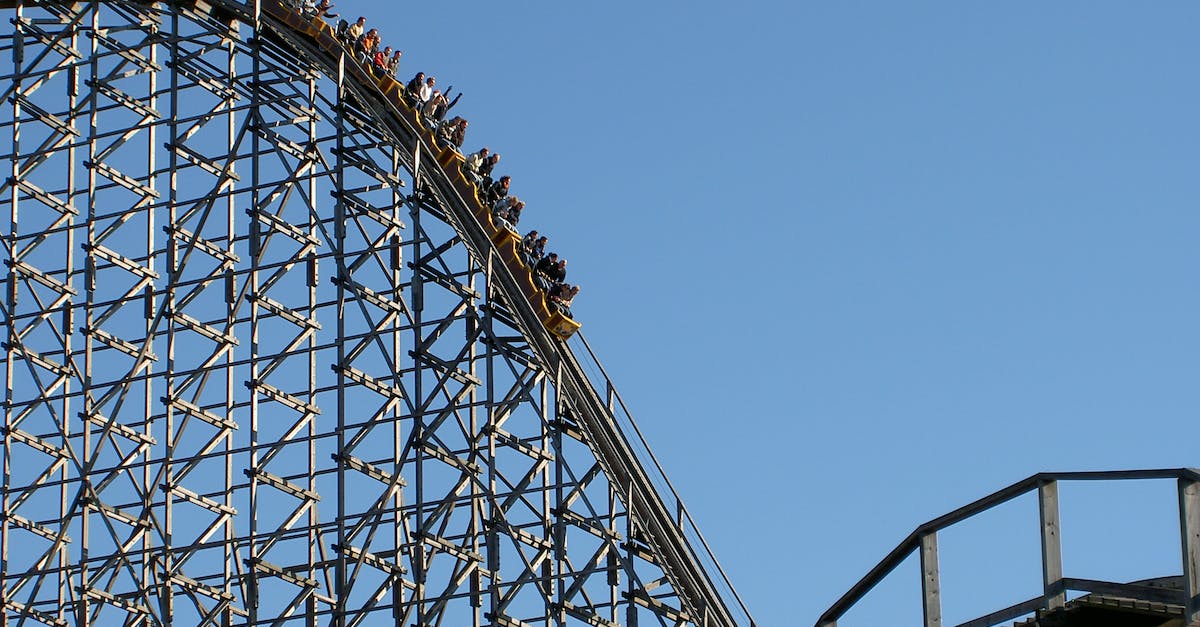By Jared
—
The Tale of Unforeseen Inflation: An Unpredictable Rollercoaster Ride

Introduction: The Unpredictability of Economic Forecasting in the Age of Crisis
I. The Pandemic Paradigm: A Global Shock that Defied Expectations
– The unprecedented nature of the coronavirus pandemic
– The Spanish flu as the last comparable pandemic
– The challenging task of anticipating disruptions in commerce and consumer behavior
II. Fiscal Policy: An Unprecedented Response to Unprecedented Times
– The Trump and Biden administrations’ massive injections of stimulus and recovery money
– Unveiling the economic consequences of a $4.6 trillion relief package
– The push for infrastructure investment and clean energy development
III. The Shifting Landscape of Inflation Forecasts
– The role of high unemployment in curbing inflation, according to prevailing economic models
– Unemployment rates and their limitations in predicting consumer behavior
– The overlooked factor of accumulated savings from pandemic aid and lockdowns
– The unexpected surge in demand for used cars and at-home exercise equipment
IV. Global Exacerbations: Russia’s Invasion of Ukraine and Oil Prices
– The geopolitical events that impacted the inflation outlook
– The ripple effects of Russia’s invasion on oil prices and subsequent price increases
– The impact of rising energy costs on inflationary pressures
V. The Healing of the Labor Market and the Surge in Wages
– The surprising resilience and recovery of the labor market
– Wages catch up with improved economic conditions
– The implications of rapid wage growth on inflationary pressures
Conclusion: Learning from the Lessons of Inflation Forecasting
– Acknowledging the limitations of economic models in times of crisis
– Recognizing the importance of unpredictable external factors in shaping inflationary trends
– The need for a dynamic and adaptable approach to economic forecasting in the face of uncertainty

